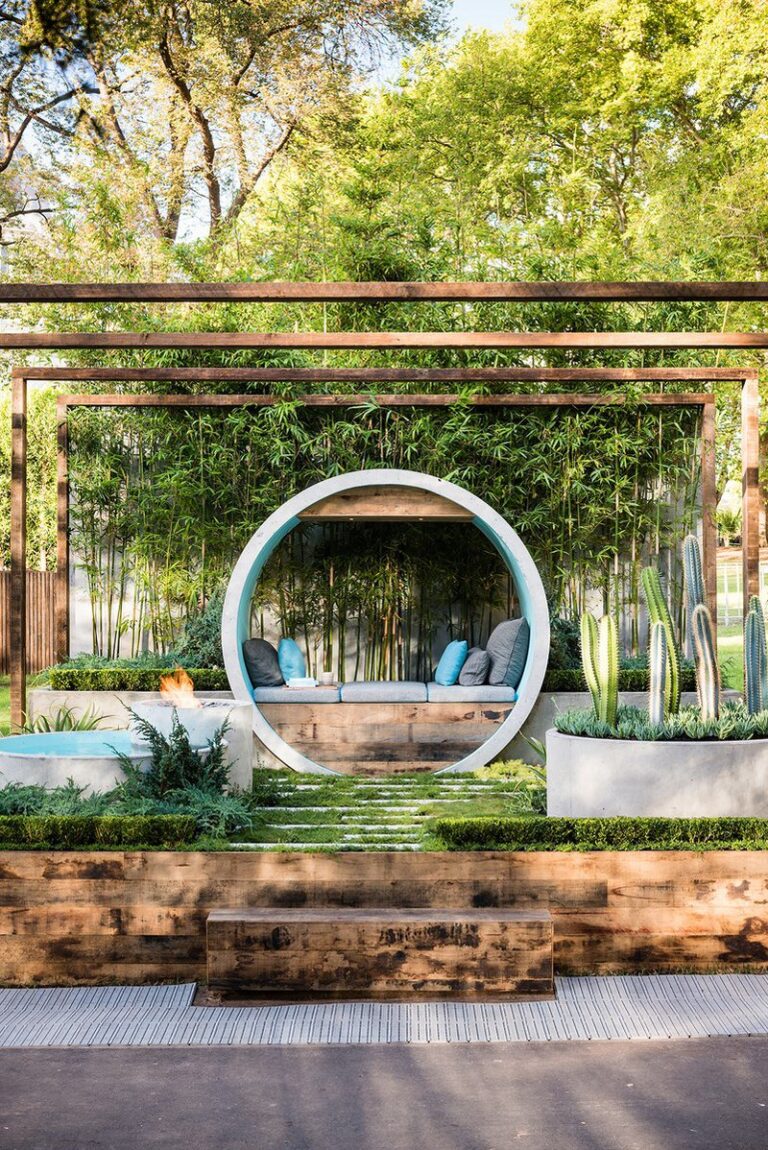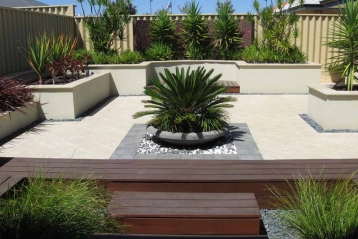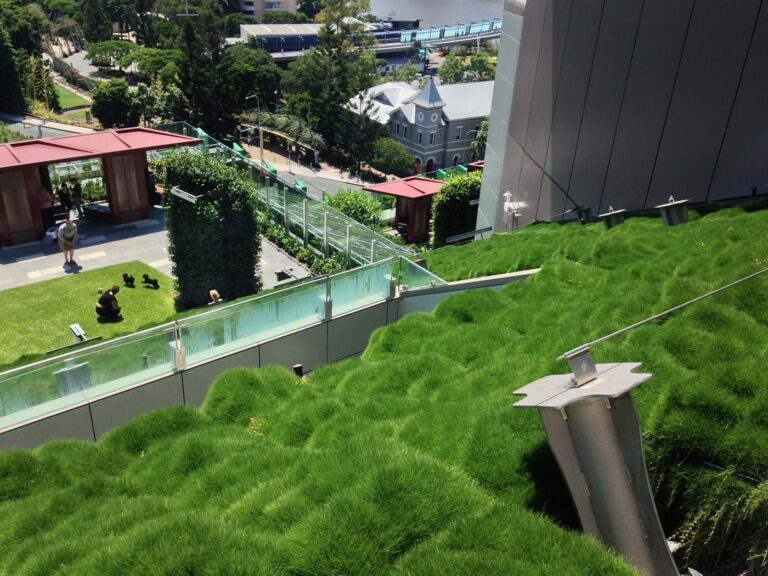Landscaping is the process of designing and creating a beautiful outdoor space around your home or property. It involves a combination of art and science, as well as a bit of hard work and creativity. Whether you’re starting from scratch or updating an existing landscape, here’s a guide to help you get started.
- Assess your space: Take a good look at your outdoor area and consider what you want to achieve. Do you want a space to entertain, a peaceful retreat, or a place for children to play? Consider the size of your space, the amount of sunlight it receives, and your budget.
- Plan your design: Sketch out a basic design for your landscaping project, taking into account elements such as pathways, patios, gardens, and water features. Consider the types of plants you want, their colors and textures, and how they will be arranged.
- Choose your plants: Research which plants will thrive in your climate and soil type, and choose a mix of shrubs, trees, and flowers that will add beauty and interest to your space. Consider the maintenance requirements of each plant, as well as its growth habits and size at maturity.
- Install hardscaping features: Once you have your design and plants selected, it’s time to install any hardscaping features, such as patios, walkways, or retaining walls. These features will provide structure and function to your landscape, as well as add visual interest.
- Plant your garden: Once your hardscaping is in place, it’s time to add your plants. Be sure to follow the planting instructions for each plant, and consider using a mix of annuals and perennials for year-round interest.
- Maintain your landscape: Regular maintenance is key to keeping your landscape looking its best. This includes watering, fertilizing, pruning, and weeding as needed. Consider hiring a professional landscaper to help with ongoing maintenance if needed.
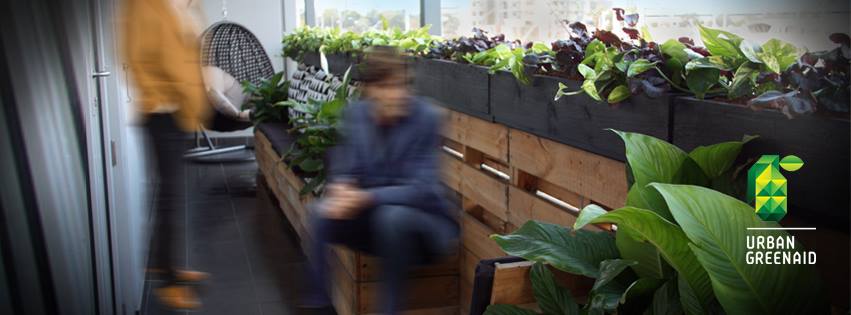
By following these steps, you can create a beautiful outdoor space that enhances your home and provides a peaceful retreat for you and your family to enjoy.
Engineering and architectural work
- Landscapers play the role not only of designer but also of architect and engineer. Garden construction involves the building and installation of all facets of a garden, from walls and pathways to arbours and seating.
- Engineering and architectural work can be divided into the categories of wet and dry. Wet work involves areas where plants grow, is highly technical and requires detailed knowledge of plants and how they grow.
- Architectural construction involves building structures in areas where plants do not grow, in areas that are meant to be kept dry. While such areas should be kept as dry as possible, they must also be able to tolerate water, exist in harmony with the plants and be tolerant to the difficulties presented by the climate, such as extreme cold, drought or frequent rains.
- A good landscaper is also sensitive to the fact that gardens evolve over time. All construction and design has to be flexible enough to accommodate the growth and changes plants will go through as the garden matures.
- To cite an example of the various concerns a landscaper must take into account, let us consider garden brickwork. In areas with cold winters, a landscaper must select bricks that continue to perform well in frost, and that are sufficiently resistant to water expansion and pressure when water freezes.
- The choice of mortar is also very important. Many landscapers favour lime mortar over portland cement mortar as it tends to coexist better with plants and also enables the brickwork to be reused should the garden be redesigned. On the other hand, if bricks are being used for pathways, a weaker mortar can be used. An additional consideration pertains to the quality of the bricks. Second-hand bricks of high quality are often preferred to newer bricks of low quality, especially since gardens are largely created for pleasure and aesthetics.
Planting Design
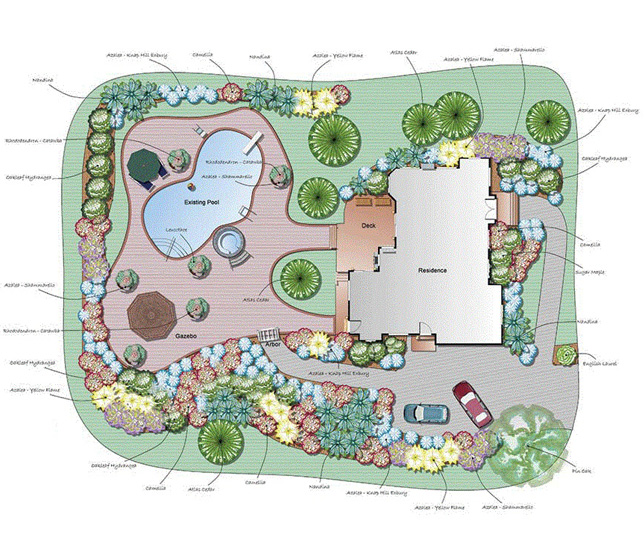 No garden is complete without plants, yet it is the flora of a garden that often poses the biggest problems. A good landscaper needs to be familiar not only with the climate of your area and the plants that are most suitable in that particular environment, but also able to design the garden to give the plants the best chance of survival and keep them free from diseases and pests. In addition, the landscaper must have the technical skill to source for high quality plant varieties and undertake the actual planting.
No garden is complete without plants, yet it is the flora of a garden that often poses the biggest problems. A good landscaper needs to be familiar not only with the climate of your area and the plants that are most suitable in that particular environment, but also able to design the garden to give the plants the best chance of survival and keep them free from diseases and pests. In addition, the landscaper must have the technical skill to source for high quality plant varieties and undertake the actual planting.
Designing with plants
Planning for planting begins at the design and planning stage. A landscaper will probably use abstract design principles as a starting point when fleshing out the appearance of your garden. Many of the ancient design principles landscapers look to today have been in use for centuries, and take into account factors like the sun, climate, soil, local plants and cultural factors.
A great landscaper isn’t just a builder but also an artist. He needs to not only have a good understanding of how visual elements can produce harmonious and aesthetically pleasing effects, but should also understand how to create balanced and proportionate garden designs.
Finally, landscapers have extensive knowledge of garden design both contemporary and classic, and are well-versed in how historical styles have evolved. This knowledge enables them to come up with design themes to suit all preferences.
Choice of plants for Perth Garden
When choosing plants for a garden in Perth, Western Australia, it’s important to consider the region’s hot, dry climate and the need for water conservation. Here are some plant options that will thrive in Perth’s climate:
- Native plants: Native plants are a great choice for a Perth garden, as they are adapted to the local climate and require less water. Some options include Kangaroo Paw, Grevillea, Banksia, and Bottlebrush.
- Succulents and cacti: These plants are ideal for water conservation as they store water in their leaves and stems. They also come in a wide range of colors and textures, making them a great addition to a garden. Some popular options include agave, aloe, and jade plant.
- Mediterranean plants: Mediterranean plants like lavender, rosemary, and thyme are well-suited to Perth’s hot, dry climate. They are also drought-tolerant and easy to care for.
- Ornamental grasses: Ornamental grasses like fountain grass or pennisetum are great for adding texture to a garden and are well-suited to Perth’s climate.
- Fruit trees: Fruit trees like citrus, figs, and olives are well-suited to Perth’s climate and can provide a source of fresh fruit for your family.
When choosing plants for your Perth garden, be sure to consider the amount of sunlight and water each plant requires, as well as its growth habits and maintenance needs. By selecting plants that are well-suited to Perth’s climate, you can create a beautiful, low-maintenance garden that thrives in the local environment.



